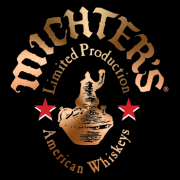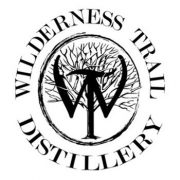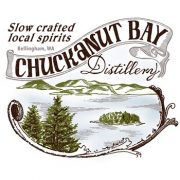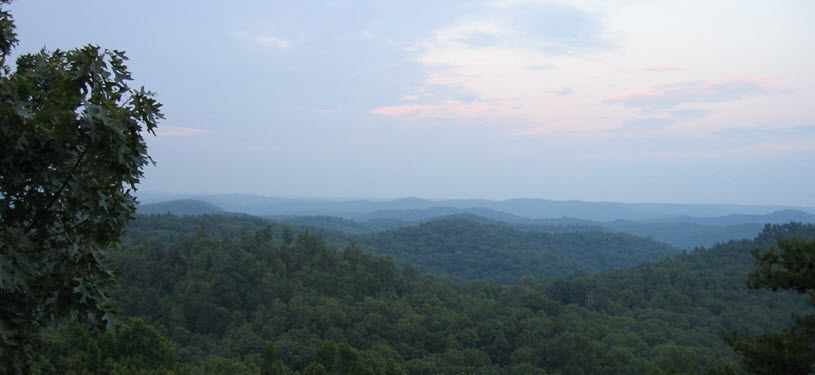
By U.S. law, bourbon and many whiskies must be aged in “oak containers”, in other words – Oak Barrels. The time spent in those oak barrels produce magical results that cannot be achieved any other way. White oak creates superior barrels due to its grain structure and desirable organoleptic properties. For without oak, there is no bourbon (gasp!)
To ensure there’s always an abundant supply of oak trees, American Forests and Independent Stave Company are launching a first-of-its-kind Oak Restoration Fund to invest in key projects that ensure the sustainability of oak forests.
“At Independent Stave Company, white oak is a way of life, truly the foundation of our craft. We are passionate about sustainable forest management that is effective, reactive and proactive to ensure this renowned resource is available for generations to come. It is important to us to continue finding ways to translate this passion into action, and also encourage other companies to join us as we work to protect and care for white oak forest.” Garret Nowell, Log Procurement Manager – Independent Stave Company.
The Oak Restoration Fund will be used to implement a suite of restoration projects that sustain the environmental, economic and social benefits provided by oak forests. Projects will include tree planting, former mine land restoration, forest health treatments, and promotion of natural regeneration.
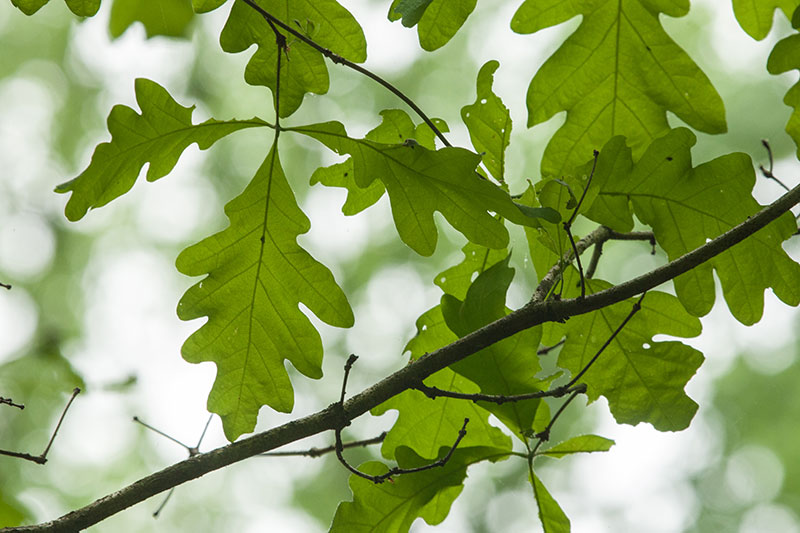
White Oak Tree.
Stay Informed: Sign up here for the Distillery Trail free email newsletter and be the first to get all the latest news, trends, job listings and events in your inbox.
“Sustaining natural benefits like wildlife habitat and clean water while supporting local jobs and good whiskey is the best kind of win-win. American Forests is committed to restoring native forest ecosystems like our oak forests across the country.” Eric Sprague, Director of Forest Conservation.
Across the United States, oak trees provide a multitude of natural benefits to society every day, including clean air and water, habitat and food for wildlife and long-term storage of carbon pollution. For example, oaks trees host 534 species of butterflies and moths — more than any other plant genus. Over the past 100 years, the proportion of oaks in eastern forests has grown steadily and are the most prominent trees by volume. However, their prominence in the future is uncertain. The numbers of oak seedlings and small oak trees have declined due a variety of factors including too many deer, lack of natural, low-intensity wildfires, and repeated pest invasions.
Independent Stave Company to Match $50,000 from Distilleries and Wineries
To kick-start the Oak Restoration Fund in 2017, Independent Stave Company is offering up to $50,000 to match like contributions from distilleries and wineries. Initial projects will be implemented on the Daniel Boone National Forest (cover image) in Kentucky and state conservation lands in Missouri. Future projects can be implemented on private, state and federal lands throughout oak country including Virginia, West Virginia and Tennessee.
Ready to donate?
Both individuals and companies can donate to the Oak Restoration Fund. Visit the American Forest Donor page here to make your contribution.
Where’s the Champion Tree in Your State?
The 2016 American Forests Champion Trees national register has 705 national champions, including 64 newly crowned champions and co-champions. The national register has basic and advanced search features that allow you to search by species, measurements, location and total points.
Find the Champion in your state. We’ll get you started with a few quick searches. Visit the site to search all 50 states.
Please help to support Distillery Trail. Sign up for our Newsletter, like us on Facebook and follow us on Twitter.

